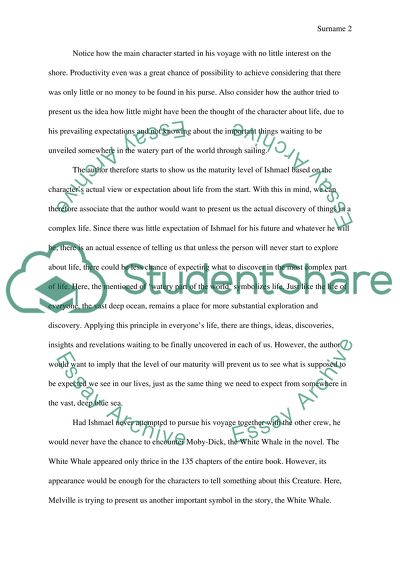Cite this document
(“Moby-Dick by Herman Melville Book Report/Review”, n.d.)
Moby-Dick by Herman Melville Book Report/Review. Retrieved from https://studentshare.org/literature/1486024-literary-analysis-essay
Moby-Dick by Herman Melville Book Report/Review. Retrieved from https://studentshare.org/literature/1486024-literary-analysis-essay
(Moby-Dick by Herman Melville Book Report/Review)
Moby-Dick by Herman Melville Book Report/Review. https://studentshare.org/literature/1486024-literary-analysis-essay.
Moby-Dick by Herman Melville Book Report/Review. https://studentshare.org/literature/1486024-literary-analysis-essay.
“Moby-Dick by Herman Melville Book Report/Review”, n.d. https://studentshare.org/literature/1486024-literary-analysis-essay.


